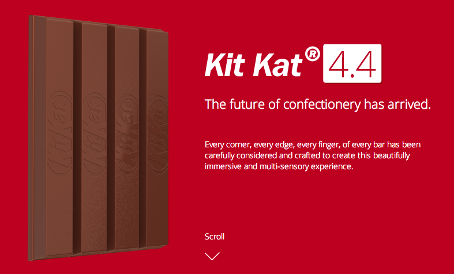Google's Android KitKat Breathes New Life Into Old Phones
 Dave Burke, Google's Head of Engineering, gave some details about Project Svelte: “The goal of Project Svelte was basically to reduce the memory footprint to fit into 512 megs. The way we did it, by the way-which we didn’t talk about-was to take a Nexus 4 and adapt it to run at 512 megs.” “We adapted the resolution to qHD that is 960-by-540 because that is kind of the sweet spot for entry level smartphones,” Burke said. “We reduced it from four CPUs to two CPUs. We reduced the clock frequency and whatnot. And literally a bunch of us just used that as our default phone. It was painful, and it was broken to start with.” Some of the objectives of Project Svelte were to reduce the overall size of the OS and reduce the memory usage of apps. These first two objectives were achieved using the special Nexus 4. In order to reduce memory usage, the company stripped Google apps from the OS making them behave as standalone apps. Google also worked on fixing how apps react in the case of bad memory situations, creating better measurements of how apps are running on Android by creating a RAM usage score to monitor how apps were using memory, and then monitoring RAM usage in apps. This means good news for developers. If you haven't jumped in yet, you should check this site out for more information on how to start your own app. | An interesting side note to Android 4.4 KitKat is Project Svelte, which makes the new OS run on older hardware that many lower end devices suffer with (and have been without an update for quite some time). Google has taken this step in an effort to combat fragmentation that has been one of the downsides to owning an Android powered device.
Many have been hearing that KitKat would be supporting older phones, with all the various leaks that came out before the October KitKat announcement, and Google finally made it all official when it released official information about the new OS. What Google left out was that they used a special Nexus 4 that used only two processors, 512MB of RAM and a 960 x 540 resolution display to test out how KitKat would run on older hardware.  |